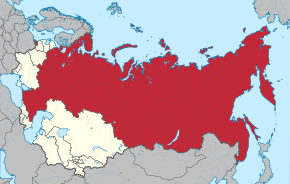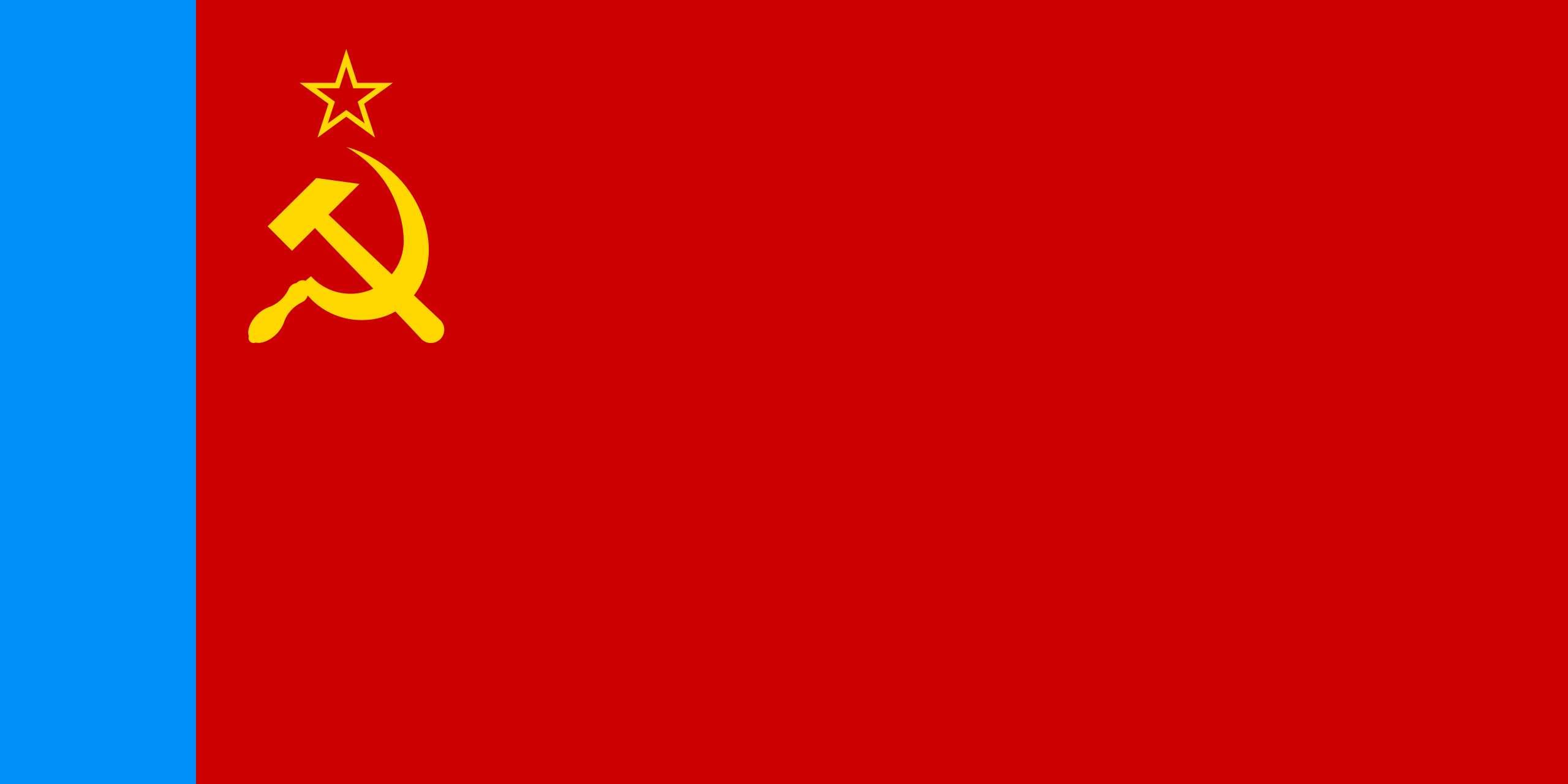Transcaucasian Soviet Federative Socialist Republic (1922–1936)
| Transcaucasian Socialist Federative Soviet Republic {Armenian: Անդրկովկասի Խորհրդային Սոցիալիստական Դաշնային (Ֆեդերատիվ) Հանրապետություն Romanization: Andrkovkasi Khorhrdayin Soc‘ialistakan Dashnayin (Federativ) Hanrapetut‘yun} Azerbaijani: Zaqafqaziya Sosialist Federativ Sovet Respublikası Georgian: ამიერკავკასიის საბჭოთა ფედერაციული სოციალისტური რესპუბლიკა Romanization: Amierk'avk'asiis Sabch'ota Pederatsiuli Sotsialist'uri Resp'ublik'a Russian: Закавказская Социалистическая Федеративная Советская Республика Romanization: Zakavkazskaya Sotsalisticheskaya Federativnaya Sovetskaya Respublika | |
|---|---|
| 1917–1991 | |
Motto: Пролетарии всех стран, соединяйтесь! Workers of the world, unite! | |
 The RSFSR after being merged with the Karelian SSR in 1956 | |
| Capital and largest city | Moscow |
| Official languages | Russian |
| Dominant mode of production | Socialism |
| Government | Marxist-Leninist state |
| History | |
• Established | 12 March 1917 |
• Disestablished | 26 December 1991 |
The Transcaucasian Socialist Federative Soviet Republic (Transcaucasian SFSR or TSFSR), also known as the Transcaucasian Soviet Federative Socialist Republic, or simply Transcaucasia, was a republic of the Soviet Union that existed from 1922 to 1936. The TSFSR comprised Armenia, Azerbaijan and Georgia, traditionally known as the "Transcaucasian Republics" as they were separated from Russia by the Caucasus Mountains. The TSFSR was one of the four republics to sign the Treaty on the Creation of the USSR establishing the Soviet Union in 1922. The TSFSR was created ostensibly to consolidate the economic situation and Bolshevik control over the region. The TSFSR was dissolved upon the adoption of the 1936 Soviet Constitution and its constituent republics were elevated individually to republics of the Soviet Union.

